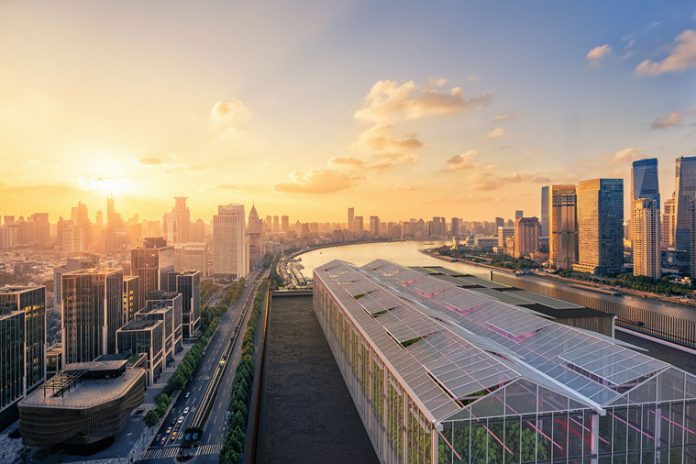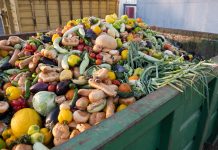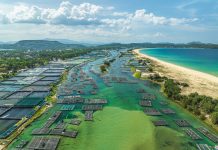Bengt Fellbe, Program Leader, SSEC, Swedish Surplus Energy Collaboration, explores solutions to produce food sustainably, as well as the challenges
Sustainable power supply is and will increasingly be the key issue for producing food sustainably and to a sufficient extent in the future.
Produce food sustainably
The solution is about sharing energy and taking advantage of resources between each other, that is, industrial symbiosis.
In Sweden, we have fantastic opportunities to co-locate food production with the traditional energy-intensive industry, which is already supplied today by green energy. The goal must be that a single kwh should not be lost by venting or cooling away valuable energy. Technological development has come a long way, so we must at the same time be selective with what is sent to digestion in biogas plants and what is composted. Of course, before this happens, all the valuable protein is extracted.
We will simply no longer be able to afford to waste valuable resources. There are already several good examples of how this works and has worked for several years. Now we take it a step further and ensure that more people follow. Not only is it resource-efficient, but it also makes it possible to produce food throughout our vast country regardless of climate, weather and wind. Transport is minimised, and we also create a more sustainable local-regional food chain.
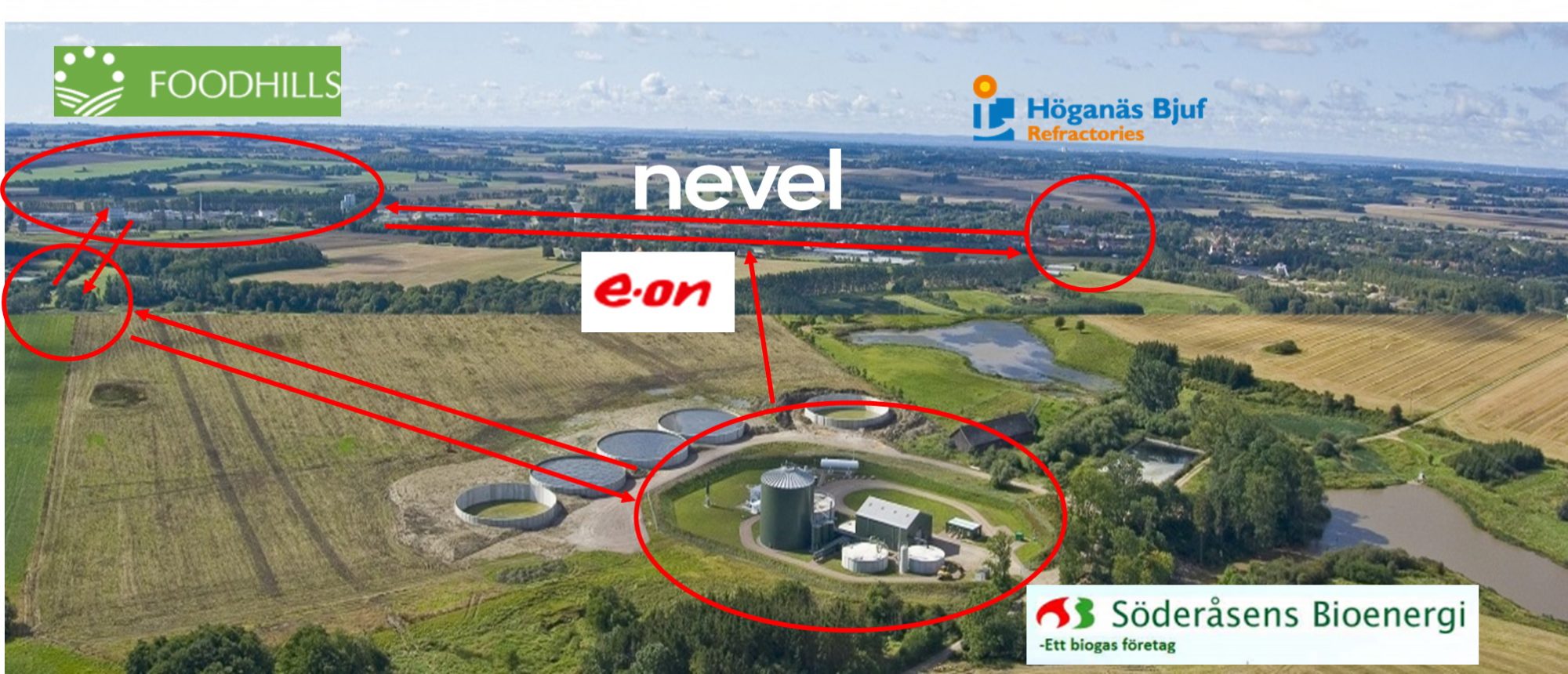
In Southern Sweden today, there are examples of how investments have been made 15 years ago in infrastructure that connects the food industry with biogas plants and biological treatment plants. Collaborating factors make it very resource-efficient and commercially competitive in this way.
In Northern Sweden, we plan to connect our steel mills with food producers. We are talking about both fish farming and greenhouse farming. This industrial symbiosis has the opportunity to significantly increase our degree of self-sufficiency, as well as reduce the climate footprint from both the steel industry and primary cultivation.
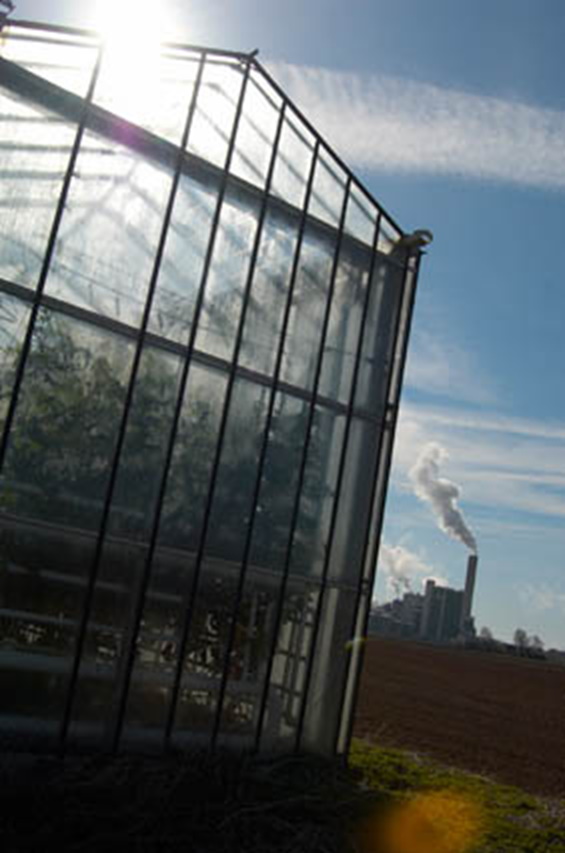

At the same time, this means that we will have very positive synergy effects through the emergence of an extensive processing industry of locally-regionally produced raw materials. It creates jobs and gives rise to a broader business structure, a breeding ground for entrepreneurship and innovation.
More sustainable agriculture conditions
Through circular thinking and production models in the food industry, we create better and more sustainable conditions for our agriculture. By utilising nutrient-rich water that is used in both open-air cultivation and grain cultivation, the climate impact is reduced and can provide an opportunity to grow other more valuable crops.
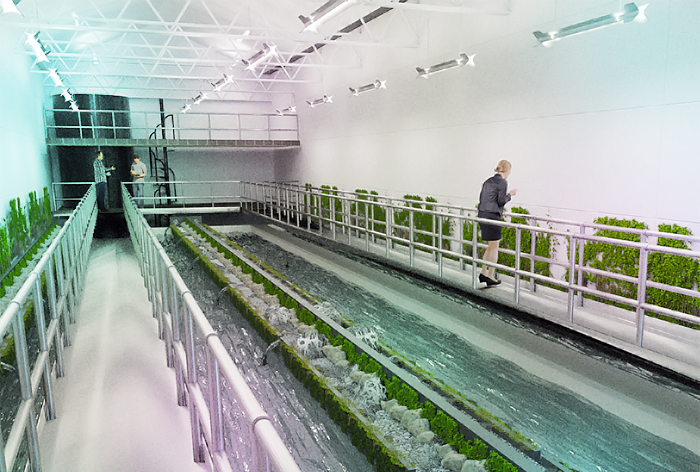
*This is a commercial profile.
© 2019. This work is licensed under CC-BY-NC-ND.

